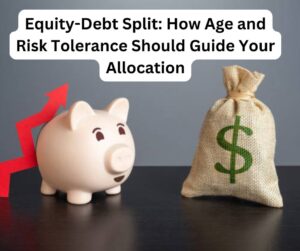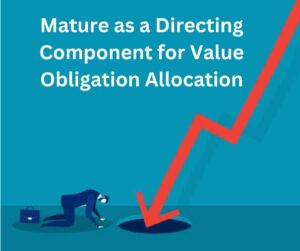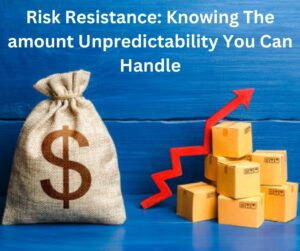
Equity-Debt Split: How Age and Risk Tolerance Should Guide Your Allocation
Contributing is something beyond choosing stocks or bonds; about making a fair portfolio lines up with your monetary objectives, risk resilience, and age.
One of the most urgent parts of this equilibrium is deciding the right equity-obligation split — the amount of your venture ought to be in values (stocks) and how much under water (bonds or fixed-pay instruments).
This choice can fundamentally affect your portfolio’s exhibition and long haul development.
1. Figuring out Value and Obligation Investments

– Value Investments:
These incorporate stocks and common subsidizes that put resources into stocks.
Values have the potential for significant yields, making them ideal for abundance creation over the long haul.
In any case, they accompany a more elevated level of hazard because of market unpredictability.
– Obligation Investments:
These incorporate securities, fixed stores, and obligation shared reserves.
Obligation instruments give greater soundness, as they pay fixed returns and are by and large more secure than values.
In any case, the profits from obligation ventures are lower contrasted with values.
2. Mature as a Directing Component for Value Obligation Allocation

– Age assumes a huge part in deciding how much gamble you can bear to take.
When in doubt of thumb, the more youthful you are, the more gamble you can take and that implies a higher portion to values.
This is on the grounds that youthful financial backers make some more drawn out memories skyline, permitting them to brave market instability.
– A typical recipe to decide your value distribution in view old enough is:
– Value Distribution (%) = 100 – Age
– For instance, in the event that you are 30 years of age, your ideal value portion would be 70% (100 – 30).
The leftover 30% can be put resources into obligation instruments.
This equation proposes that as you become older, you ought to slowly move towards additional moderate ventures to safeguard capital.
– Life Stage Adjustments:
It’s additionally fundamental to consider your life stage.
For example, on the off chance that you’re in your 20s and simply beginning your profession, you can stand to have 80-90% of your portfolio in values.
As you approach retirement, your center ought to move to capital conservation, and a 30-40% value designation may be more proper.
3. Risk Resistance: Knowing The amount Unpredictability You Can Handle

– Aside from age, risk tolerance is another basic component that decides your value obligation split.
Risk resilience alludes to your capacity and readiness to get through market unpredictability.
It very well may be grouped into three classes:
– Aggressive:
High-risk resilience, ready to take huge market vacillations for possibly better yields.
Forceful financial backers frequently dispense 70-90% of their portfolio to values.
– Moderate:
Adjusted risk resilience, lean towards some dependability while looking for development.
A moderate financial backer could have a 50-70% portion in values and the rest under water.
– Conservative:
Okay resilience, focuses on security and wellbeing over exceptional yields.
Such financial backers might keep just 20-40% in values and the greater part in the red.
4. Changing the Value Obligation Split with Life Events

– Life is unusual, and certain occasions might expect you to change your value obligation allotment.
Marriage, purchasing a home, having children, or even a critical profession change can influence your monetary objectives and hazard craving.
– For instance, in the event that you’re wanting to purchase a house in the following 3-5 years, it very well may be savvy to move a part of your speculations to obligation instruments for better capital safeguarding.
Along these lines, market slumps will not radically influence your transient objectives.
– Then again, in the event that you get a legacy or a critical reward, you should seriously think about expanding your value distribution to look for better yields throughout a more extended time skyline.
5. Advantages of a Fair Value Obligation Approach

– Having a reasonable value obligation portfolio has a few advantages:
– Risk Diversification:
A broadened portfolio helps in spreading gambles across various resource classes, diminishing the effect of market unpredictability.
– Consistent Returns:
While values offer development potential, obligation guarantees consistent returns, giving a pad during market slumps.
– Liquidity Management:
Obligation speculations can offer liquidity in crises, permitting you to safeguard your value ventures for long haul development.

Tech Learner This is really interesting, You’re a very skilled blogger. I’ve joined your feed and look forward to seeking more of your magnificent post. Also, I’ve shared your site in my social networks!
Noodlemagazine Awesome! Its genuinely remarkable post, I have got much clear idea regarding from this post . Noodlemagazine